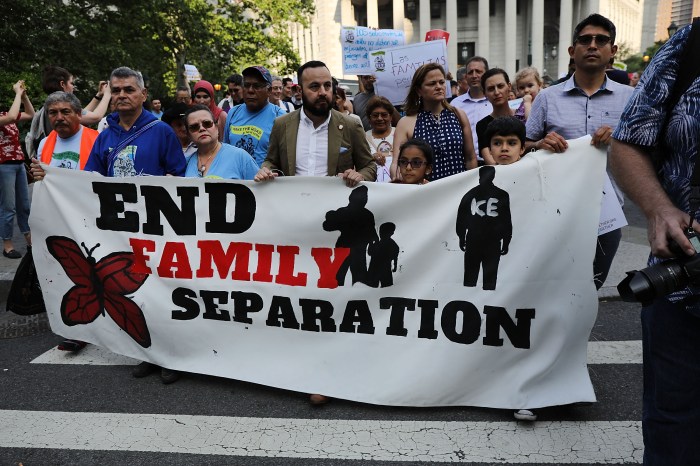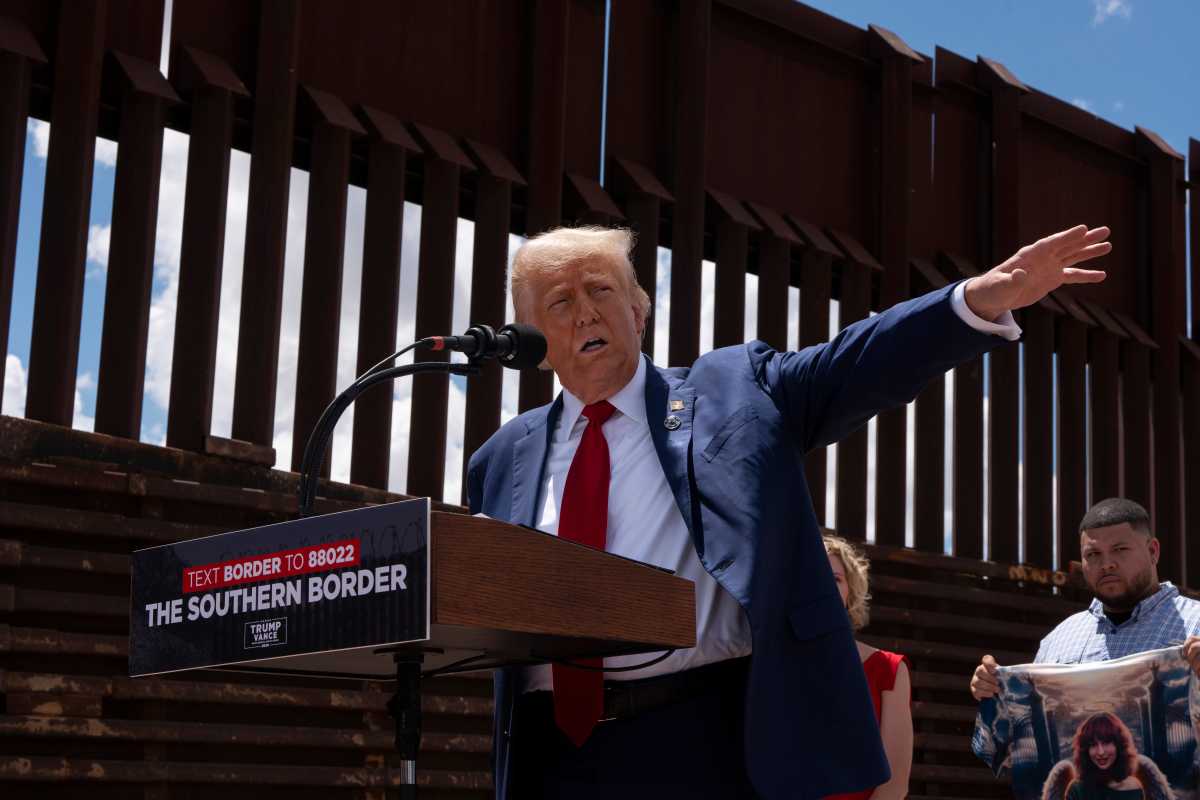The immigration debate has long shaped political agendas in the US and Europe, often escalating in times of social or economic uncertainty. In the US election, a tough-on-immigration stance from president-elect Donald Trump, including promises of mass deportations, appears to have resonated with voters.
History shows that these policies may have initial public support, but raise other issues when executed. President Dwight D. Eisenhower’s 1954 Operation Wetback deported over 1 million Mexican nationals, blending fear-based public messaging with large-scale enforcement.
Despite its devastating impact on thousands of families, including many US citizens of Mexican heritage, the program faced backlash. It was extremely costly and logistically difficult, and ultimately did little to stop irregular migration from Mexico. Many of those who were deported returned to the US soon after.
Fast forward to the Trump era, where promises of a “impenetrable, physical, tall, powerful, beautiful, southern border wall” and more deportations in 2016 tapped into similar populist views.
Now, in 2024, Trump has doubled down with “Operation Aurora” pledging even tougher immigration enforcement measures.
Deportation: rhetoric and reality
Looking past the bombastic electoral rhetoric, deportation campaigns face significant hurdles. In addition to financial cost, any programme is likely to face public opposition and legal challenges.
The government will need cooperation from migrants’ home countries and transit nations (which is hard to obtain), and diplomatic bargaining is likely to be required. Logistically, removing one million people per year (as promised during his campaign) would demand mobilizing civil servants on an unprecedented scale. Due process protections are sure to add further delays, especially considering the existing backlog in immigration tribunals.

Challenged on the feasibility of the plan, vice president-elect J.D. Vance has suggested a “sequential approach” will be employed, targeting those who have committed crimes before gradually widening the scope.
Traditionally, there is little opposition to the removal of people with criminal convictions. But mass removals, especially of young people who grew up in the US, people with no criminal record and family members of US citizens, is a different matter.
Meanwhile, the US economy relies on undocumented labour across various industries. Agriculture employs significant numbers of immigrant workers – many undocumented – to harvest crops. Construction, hospitality and caregiving are supported by immigrant labor where Americans are less likely to fill demanding, low-wage roles. Calls for stricter enforcement may be met by resistance from employers in these sectors.
The toll on families
Harsh anti-immigration policies have profound implications for millions of undocumented migrants and their family members, as well as US citizens.
According to estimates, over 8 million US-born or naturalized citizens live in a “mixed status” family, where one or both parents are undocumented. And 5.9 million of these are children.
Trump’s policies from 2016-20 saw families living in constant fear, altering their routines to minimize exposure to immigration authorities. Many avoided public spaces, restricted activities like driving, and withdrew from community events to avoid potential interactions with law enforcement.

For these families, policies are not merely political promises – they carry the threat of separation and destabilization. Children of undocumented migrants have missed routine checkups or school events, fearing that their parents might be targeted while in public. This reality is often ignored in the blunt framing of immigration as a security issue.
As I have found in my work, many migrants in Europe face a similar reality. Increasingly hostile rhetoric on irregular migration and the threat to forcibly remove those who have crossed borders without authorization (regardless of if they are in need of international protection) has spread a climate of fear. This is even the case among people with regular status.
Curtailing citizenship
What may surprise some is that under Biden and Obama, despite a less polarizing rhetoric on undocumented migration, deportation numbers were high. Both Democratic administrations deported more migrants than Trump did in his first term, underscoring the bipartisan complexities of immigration policy.
Biden’s approach increased removals for certain groups, while Obama removed more migrants than any of his predecessors. This was despite offering temporary protections from removal to hundreds of thousands of young undocumented migrants through the Daca program.
Trump’s agenda goes further, by attacking a pillar of the American constitution: the legal right to citizenship for all children born in the US territory, regardless of the legal status of their parents. This is known as birthright citizenship.
Trump attempted unsuccessfully to intervene on this issue in his first term. And during the 2024 campaign, he pledged to end automatic citizenship for children born in the US to immigrants in the country illegally. He said he would do this through an executive order, which does not require approval from Congress.

He has also announced an intention to expand the grounds for denaturalization – stripping a large number of Americans of their citizenship. This was met with significant opposition in Trump’s first term.
Trump has now consolidated his control over the Republican party, and has a strong Republican majority in the Supreme Court. This has strengthened his ability to build on the unfinished anti-immigration business of his first term.
Doing so risks permanently destabilizing communities that fuel significant sectors of the US economy – and of course, straining family and social ties. His plans for deportation, the potential rollback of birthright citizenship and plans for denaturalization promise not just a legal battle, but a fundamental question about the identity of the US itself.
is a Professor of International Migration and Forced Displacement, and Director of the Institute for Research into International Migration and Superdiversity at the University of Birmingham.






























